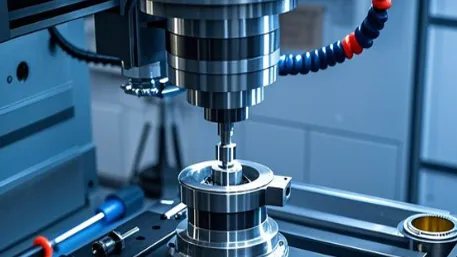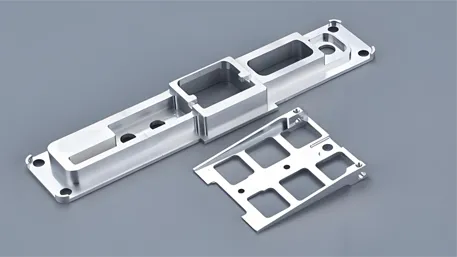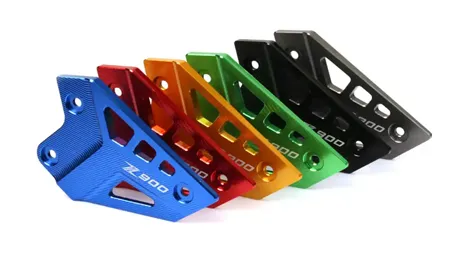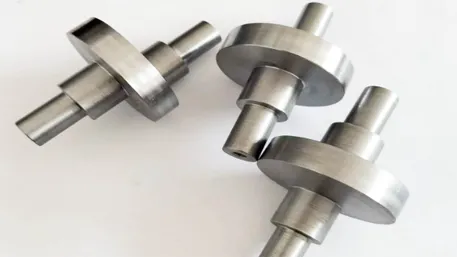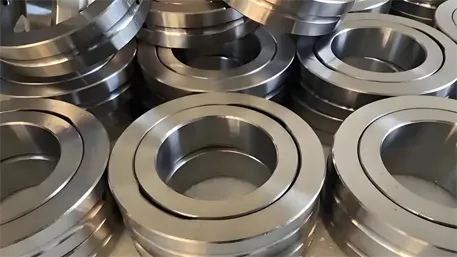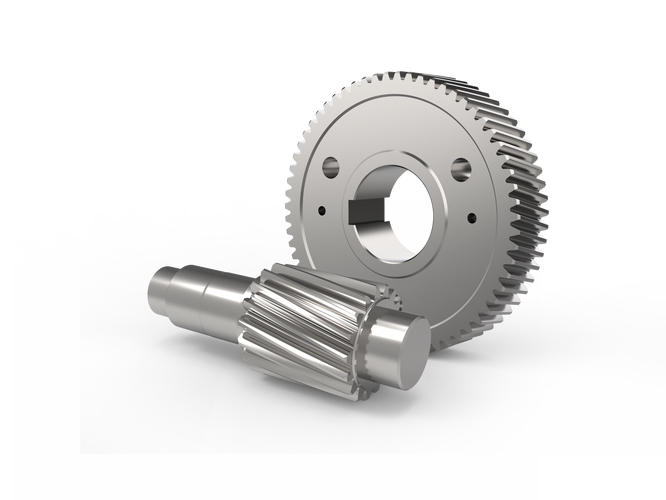In modern manufacturing, brass, with its excellent electrical conductivity, thermal conductivity, and corrosion resistance, has become an important material in fields such as electronics, decoration, and valves. The custom CNC milling parts service, with its digital control, high – precision machining, and flexible adaptability, provides a one – stop solution for the personalized manufacturing of brass parts. The following comprehensively analyzes the core value of the custom brass milling service from dimensions such as material characteristics, customization process, process advantages, and practical cases.

I. Material Characteristics and Machining Difficulties of Brass
Brass is a copper – zinc alloy with the following remarkable characteristics:
Excellent Machinability: It has a moderate hardness (about 50 – 100 HB), is easy to cut, and is suitable for high – speed milling.
Tendency to Stick to Tools and Deform: During the machining process, built – up edges are likely to occur, resulting in a decline in surface quality; thin – walled structures are prone to deformation due to cutting forces.
Diverse Surface Treatments: Its appearance and performance can be enhanced through processes such as polishing, electroplating (such as chromium, nickel plating), and painting.
The custom brass milling service addresses these characteristics by optimizing tools, cutting parameters, and process paths to ensure part accuracy and surface quality.
II. The Full Process of Custom Brass Milling Service
Requirement Communication and Process Planning
A professional team communicates in – depth with customers about the functions, dimensions, and precision requirements of the parts, and formulates a process plan based on the characteristics of brass. For example, when customizing brass connectors for the electronics industry, it is recommended to use high – speed milling in combination with special tools to ensure the accuracy and surface finish of tiny structures.
Digital Design and Simulation Optimization
Use CAD/CAM software for 3D modeling, preview the machining process through simulation, and optimize the tool path. To address the problem of brass sticking to tools, strategies such as spiral plunge and high – feed speed are designed to reduce the contact time between the tool and the material.
Tool and Cutting Parameter Optimization
Tool Selection: Use high – speed steel tools or uncoated carbide tools (such as YG type) with sharp cutting edges to reduce tool sticking.
Cutting Parameters: Control the rotational speed at 2000 – 5000rpm, the feed rate at 0.1 – 0.2mm/z, and the cutting depth at 0.5 – 2mm to avoid overheating while ensuring efficiency.
Precision Machining and Real – time Monitoring
Enable high – speed CNC milling machines, and dynamically adjust parameters by monitoring cutting force and temperature in real – time. When a company processed brass valves, a constant – temperature coolant system was used, reducing the surface roughness Ra from 3.2μm to 0.8μm, and controlling the dimensional accuracy within ±0.02mm.
Quality Inspection and Surface Treatment
Use a coordinate measuring machine for full – size inspection, with a pass rate of key dimensions reaching 99.5%. Provide post – processing services such as polishing and electroplating. For example, after mirror polishing of brass handicrafts, the surface reflectivity is increased to 95%, meeting high – end decoration requirements.
Rapid Delivery and Customized Service
Support delivery within 3 – 7 working days, and expedite processing for complex parts. A customer customized 100 brass heat sinks, and through optimized production scheduling, the delivery was completed within 5 working days, shortening the cycle by 40% compared to traditional processes.
III. Advantages of Brass Milling Processes
High – speed Milling Improves Efficiency and Quality
Based on the excellent machinability of brass, high – speed milling technology (cutting speed 100 – 200m/min) is adopted, with a material removal rate of 500 – 800cm³/min. At the same time, the cutting force is reduced, minimizing deformation. When a auto parts factory processed brass gears, the efficiency increased by 3 times, and the surface roughness was stably below Ra 1.6μm.
Tool and Process Innovation Solve the Problem of Tool Sticking
Use sharp two – flute milling cutters in combination with a high – feed speed (0.15 – 0.2mm/z) to reduce the friction between the tool and the material. Meanwhile, use oily cutting fluid or compressed – air cooling to inhibit the formation of built – up edges and ensure a smooth surface.
Complex Structure Machining Capability
Through 3 – axis or 4 – axis linkage technology, complex inner cavities, thin – walled structures, and fine patterns of brass parts can be machined. For example, when customizing brass handicrafts, a 5 – axis machine tool can mill intricate relief patterns with an accuracy of ±0.01mm.
IV. Verification by Practical Cases
Electronics Industry: Customized a brass heat sink for a communication equipment manufacturer. High – speed milling was used to form dense fins in one – step, increasing the heat dissipation efficiency by 30%, reducing the processing cost by 20%, and achieving a dimensional accuracy of ±0.03mm.
Decoration Industry: Customized brass ornaments for a luxury brand. Complex surfaces were machined by 5 – axis milling, with a surface roughness of Ra 0.4μm. After electroplating, a mirror effect was achieved, and customer satisfaction reached 98%.
Valve Manufacturing: Customized a brass valve core for an industrial enterprise. The machining accuracy was ±0.01mm, and after surface polishing, the roughness was Ra 0.2μm, extending the service life by 50%.
V. FAQ: Professional Answers to Your Customization Concerns
Q1: How to avoid tool sticking during brass milling?
A: Use sharp tools, high – feed speeds, and oily cutting fluids to reduce the contact time between the tool and the material and inhibit the formation of built – up edges.
Q2: What are the options for surface treatment of brass parts?
A: Polishing, electroplating (such as gold, silver plating), painting, etc. can be provided to enhance aesthetics and corrosion resistance. For example, the salt – spray corrosion resistance time of electroplated brass can reach more than 500 hours.
Q3: How to control the deformation of brass thin – walled parts during machining?
A: Adopt the “layer – by – layer circular cutting + high – speed feed” process to reduce the single – pass cutting depth, and use elastic fixtures to reduce clamping force, ensuring that the deformation of thin – walled (0.3mm) parts is less than 0.02mm.
Q4: What accuracy can custom brass parts achieve?
A: The conventional accuracy is ±0.02mm, and precision machining can reach ±0.01mm, meeting the high – precision requirements of electronic connectors, valve accessories, etc.
Customize Now and Unlock the Precision Manufacturing Potential of Brass Parts!
The custom brass milling parts service is based on material characteristics, and through process innovation and digital control, it provides you with high – precision and high – efficiency personalized solutions. Whether it’s electronic heat – dissipation components, decorative handicrafts, or industrial valve accessories, we will use professional technology and customized services to help your project succeed.
Leave a message and enjoy an exclusive discount. Let us use the texture of brass and the precision of milling to create unique custom parts for you!

